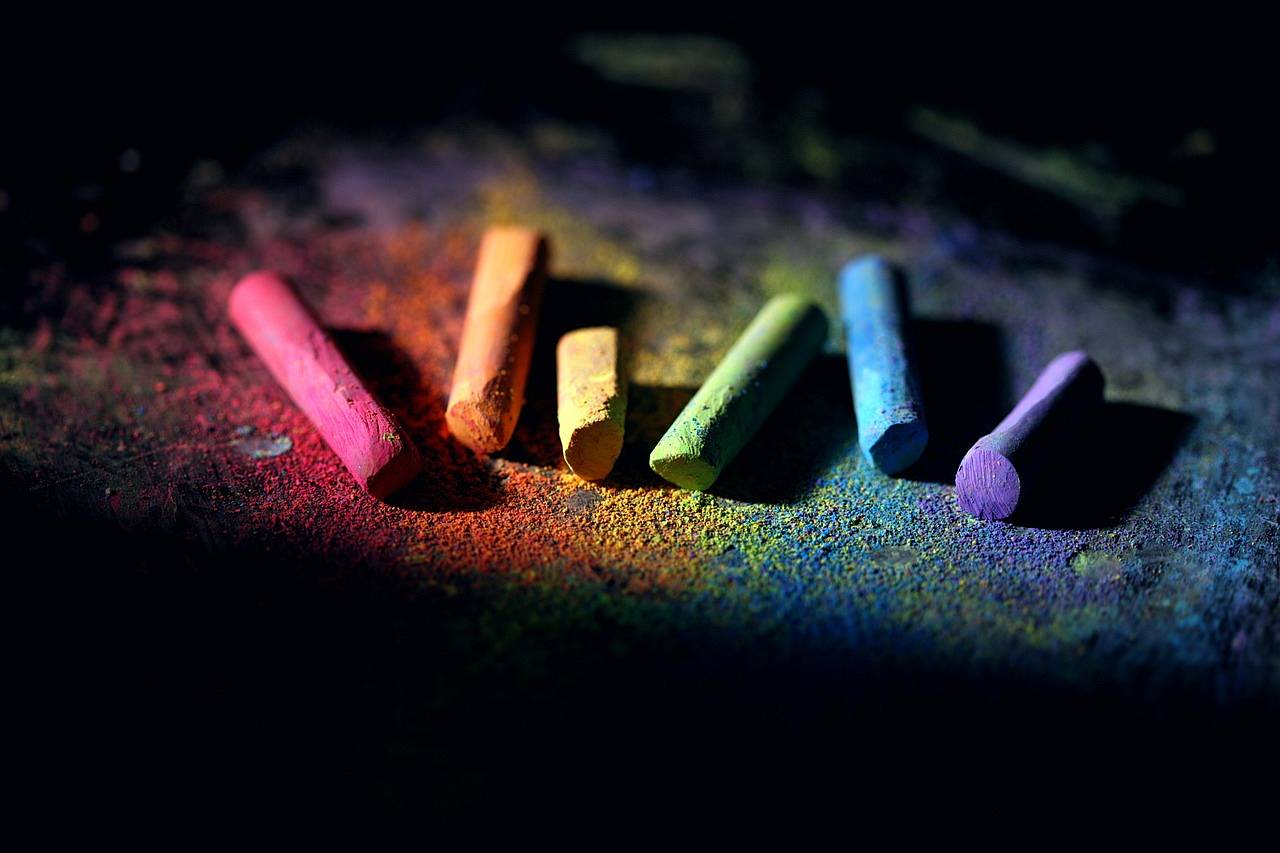Every school year begins with fresh plans, new faces and, hopefully, a well-stocked classroom. Behind the scenes of every well-delivered lesson and calm school day lies a foundation of dependable supplies that support both pupils and teachers in their work. The right education supplies are not simply helpful extras – they are essential tools that underpin learning at every age and across every subject.
From the first scribbles in a nursery art corner to complex science experiments in secondary labs, each stage of education comes with its own set of needs. Equipping classrooms thoughtfully means understanding those needs and ensuring that teachers have what they require to deliver engaging, meaningful lessons.
Early Years to Primary: Foundations for Learning
In nursery and early years settings, learning is centred on exploration and sensory experiences. At this stage, children are learning through touch, sound, colour and movement. Materials need to be safe, durable and designed for small hands. Crayons that are easy to grip, paints that are washable, and tactile materials like fabric scraps or textured paper help young children experiment without fear. Simple resources such as stacking blocks, sorting trays and water trays also support the early development of language, motor skills and curiosity.
As children move into primary education, their learning becomes more structured, and so too do the supplies required to support it. Literacy lessons benefit from age-appropriate reading materials, phonics games and plenty of writing tools, while maths becomes more accessible with counting cubes, number lines and visual aids. Science at this level is hands-on and exploratory, often involving observation and basic experiments, so having magnifying glasses, topic kits and clipboards for recording discoveries is invaluable. Art and design lessons thrive with a varied stock of coloured paper, glue, safe scissors and paints, while humanities and geography lessons are enhanced by maps, photos and storybooks linked to different cultures and historical periods.
Secondary Education: Supporting Specialised Subjects
Secondary education introduces a new level of complexity and specialisation. In English classrooms, students need access to literary texts, annotation tools and quiet reading spaces. Mathematics becomes more technical and precise, requiring calculators, protractors, graph paper and subject-specific textbooks. Science takes a step further with the need for laboratory equipment such as beakers, Bunsen burners, test tubes and safety goggles. These practical lessons demand a well-organised and safety-conscious approach to storage and usage.
Other subjects such as history and geography rely on visual aids, historical sources, topographical maps and current affairs material to bring the curriculum to life. In languages, pupils benefit from speaking and listening resources, including recordings, vocabulary displays and opportunities for interactive learning. In the creative arts, students need quality sketchbooks, a variety of pencils and paints, and, at more advanced levels, materials like acrylics, textiles or digital design tools. Design technology and computing also require their own set of resources, from saws and measuring tools to coding guides and robotics kits.
Creating Environments That Inspire
Throughout all of this, the classroom environment itself must be equipped to support smooth, daily functioning. Exercise books, pens, pencils, glue sticks and rulers are staples across all subjects. Teachers also rely on whiteboard markers, display materials, folders and organisational tools to stay on top of planning and marking. Visual displays, behaviour charts, group work aids and reward systems all contribute to positive classroom management. Even seemingly simple items like timers, storage trays and desk organisers play a role in creating an efficient and engaging learning space.
Equally important is recognising that education is not a one-size-fits-all process. Different learners respond to different styles of teaching, and teachers need to be able to adapt quickly. Having a variety of resources available – including multisensory tools, group learning games, quiet work materials and creative outlets – allows for a more inclusive and responsive approach to learning.
When schools invest in thoughtful, subject-specific and age-appropriate education supplies, they are investing in the success and wellbeing of both their pupils and their staff. The right materials enable teachers to plan with confidence, deliver lessons with impact and create classrooms that are vibrant, supportive and equipped for discovery.
A well-resourced school does more than function well, it inspires. Whether it’s a young child experiencing the joy of mixing colours for the first time, or a teenager conducting their first scientific investigation, the learning journey is always enhanced by the quality and care put into the school supplies they use.
In the end, the goal is simple. Give teachers the tools they need. Give pupils the resources to explore, question and create. And give every classroom the chance to become a space where learning truly comes to life.

